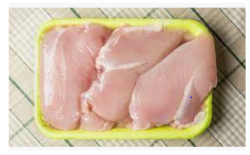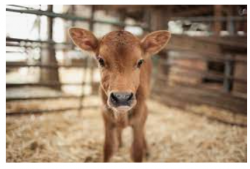A Salmonella infection (salmonellosis) is a bacterial disease which affects the intestines and is caused by Salmonella bacteria. Salmonella bacteria are normally found in the intestines of animals and humans, where they are shed through faeces. The most common way in which humans become infected is by consuming contaminated food or drinking contaminated water. Those who work in the food industry will complete a BRC Audit like those conducted by https://mqmconsulting.co.uk/articles/internal-auditing-as-part-of-the-brc-global-storage-distribution-standard/ to ensure their working environment is safe.
When you have a Salmonella infection, you will usually experience diarrhoea, fever, and stomach cramps. In most cases, the symptoms of infection appear six hours to six days after the event and last between four and seven days. There are, however, some people who do not develop symptoms for several weeks after infection, while there are others who experience symptoms for several weeks following infection.
It is possible for Salmonella strains to cause infections in urine, blood, bones, joints, or the nervous system, sometimes causing severe illnesses such as kidney failure.
Among the most common food sources of salmonella infection are the following:
- Meat that is raw or undercooked, such as chicken, turkey, duck, beef, veal, pork, and rabbit
- Fruits and vegetables that are raw
- Dairy products, such as soft cheese, ice cream, yoghurt, and other dairy products, that are not pasteurised
- Eggs that are raw or undercooked
- Foods like chicken nuggets and nut butters that have been processed
It is also possible to get salmonella directly through the following things:
- There is a poor standard of handwashing. It is possible to pass on the bacteria if you do not wash your hands after using the bathroom.
- There is a possibility that pets, such as dogs, cats, birds, and reptiles, can carry the bacteria.
If you follow the following guidelines, you will be able to reduce the risk of spreading Salmonella:
- Ensure that your hands are washed carefully and thoroughly on a regular basis
- It is important to prepare food in a safe manner. The surfaces that are used for food preparation should be cleaned with warm water and detergent. You should never use the same chopping board/knife for raw meat or other foodstuffs without thoroughly washing it beforehand.
- In order to destroy Salmonella, food must be cooked thoroughly for at least two minutes at 70°C for at least two minutes. Be sure to thoroughly cook all meats (especially poultry) before serving them.
- The most dangerous dairy products are those made from unpasteurised milk. It should be avoided if at all possible.


